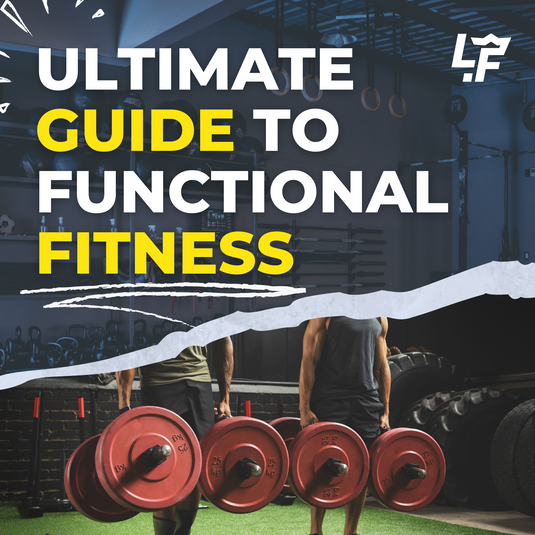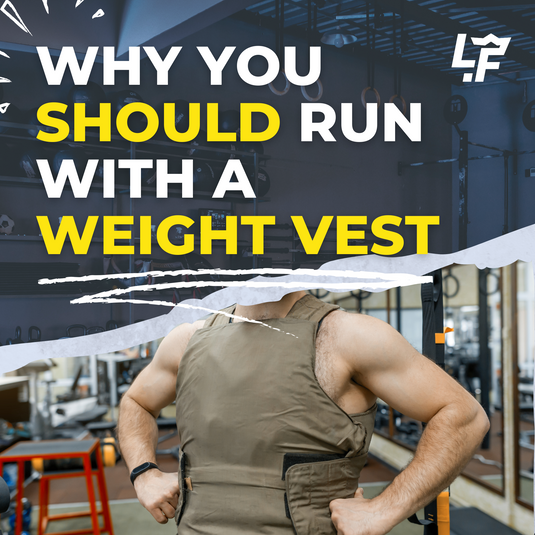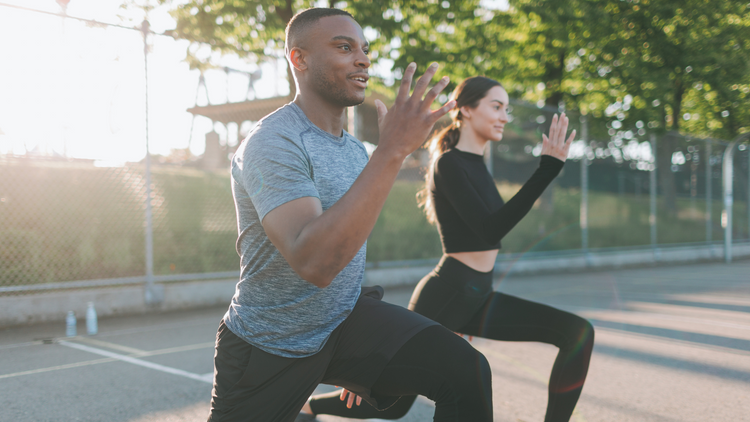9 New Grips with Battle Ropes

New grips help your brain and body develop more resilience, more endurance and incredible strength, through different ways to create the link between your body’s movement and your battle ropes waves.
If you have used battle ropes at all, you are probably familiar with thumb forward and thumb away crush grips that are normal to any battle rope movements you can do with your single or doubled battle rope. These are a great way to change up your training, but if you have been training with your ropes for a while, I have 9 new grips that help you improve your grip strength and create increased versatility with your training.
Fingertip End Grip
Grab the battle rope at the end of the handle with only your fingertips, including your thumb is brutal, even without trying to create movements or waves. This is amazing for anyone looking to strengthen their fingertip strength and grip strength (think climbers, combat athletes, and anyone looking to change the beginning of the movie “Cliffhanger”). You may need to start slow or start without movement, and then slowly progress into different styles of waves, as this one is the most challenging of all the grips.
Index and Thumb Grip
These two phalanges are the strongest combinations of phalanges for your grip, so it is important to be training it for power, strength, endurance, and dexterity. This is also a great way to train an independent relationship to gain improved interdependent capacity and capability.
Middle Finger and Thumb Grip
Once you begin to use other fingers with your thumb without the index finger, you start to realize your capacity, capability, and control is not as good as you think it is. This is the finger that starts that journey. Building strength here, will definitely contribute to massive strength in your full grip.
Ring Finger and Thumb Grip
So. Hard. To. Get. This. Finger. To. Grip. On. Its. Own. I love the challenge of challenging things, so getting this finger to build resilience, capacity, control, and strength is something pretty awesome and humbling to feel.
Pinky Finger and Thumb Grip
If the ring finger is difficult, this finger is almost impossible to get to work on its own, as well as have the capacity for strength and endurance. But again, as you independently build these phalanges, you will see an incredible increase in power, strength and endurance.
Pinch Grip with No Thumb
This four finger grip into the palm is a welcome relief, if you have done any of the single finger grip work above. This is great for combat sports, as it is often the only way to grab a hold of your opponent in certain situations. It will also, a great way to learn grip power without the common use of the thumb.
Fingertip Grip with Thumb Forward
This is a great way to start, if you are looking to achieve the first fingertip grip at the end of the battle rope, as this builds fingertip grip and resilience. The fingertip is a very undertrained part of gripping, yet it is and can be used as a great asset in most sports and life work.
Thumb and Palm Grip
There are a few muscles below the thumb in the palm of your hand, that are about to experience some extreme fatigue and probably failure. These muscles and the link between the palm of your hand and the thumb are about to create some massive gains for capacity, control, strength and endurance for your grip.
Living or Active Grip
All of the above are excellent ways to improve your dexterity and capacity in your grip, but I have experience more resistance to fatigue, control, resilience, capacity, and dexterity than learning to walk my hand with all of the fingers, palm, and thumb up and back on the battle rope, while I am producing waves. The living or active grip is an amazing way to improve your grip strength without experiencing the common overuse injuries that can sometimes follow too much grip training.
If you want to learn more from Marcus about complexes, circuits, and flows, subscribe to our Reading and Demonstrations below.
Author
Aaron Guyett
M.A., B.S., CSCS, TSAC-F, FRAs, FRCms
Living.Fit’s Education Director and Master Coach







